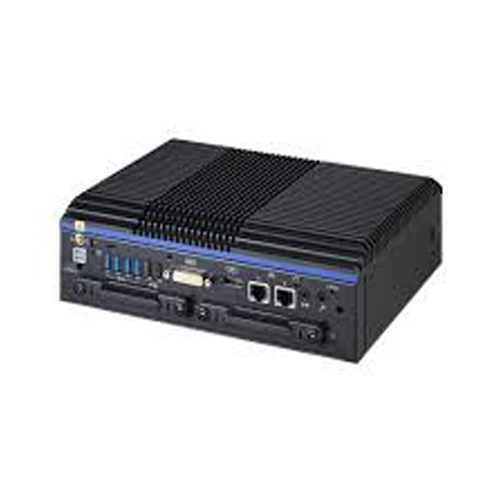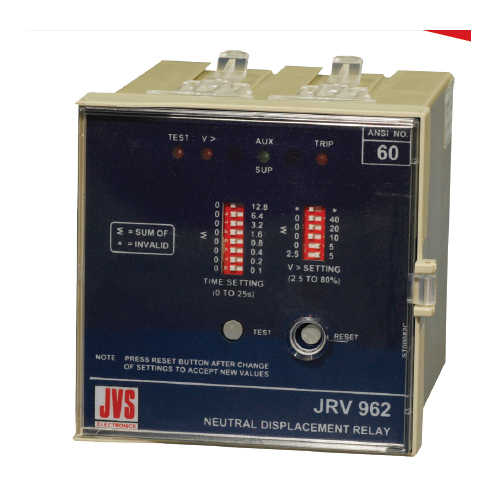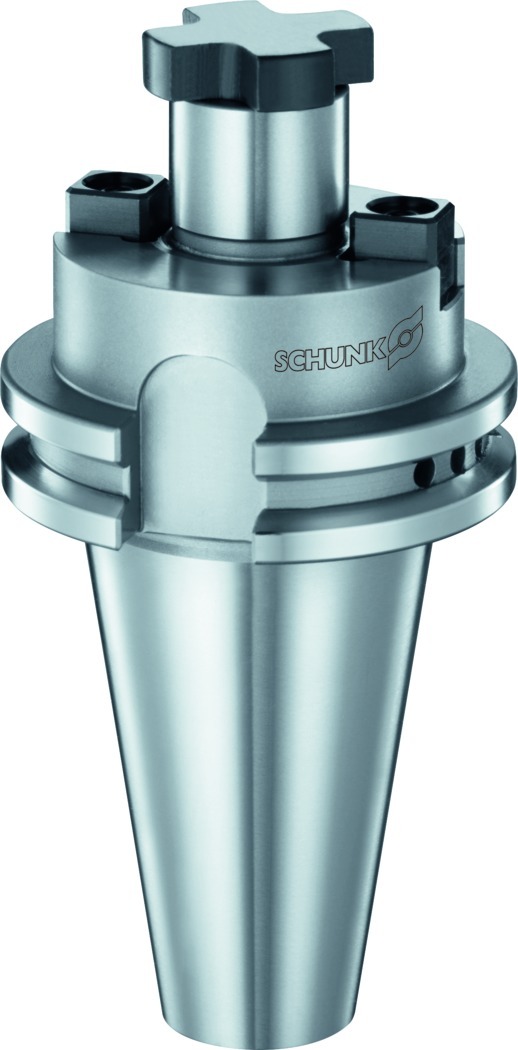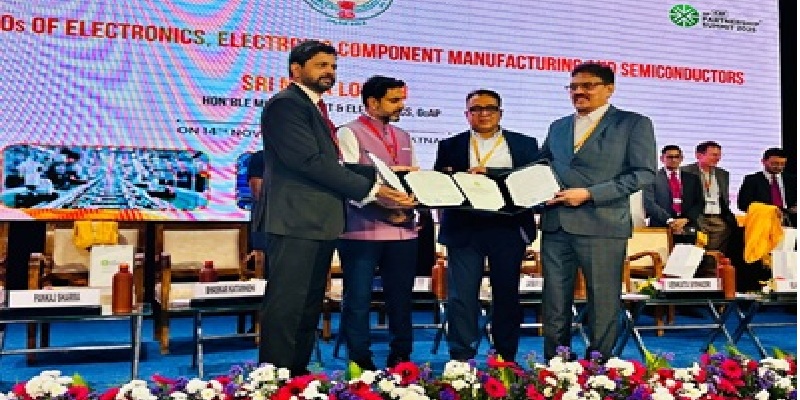Schedule a Call Back
Energy Conservation in Compressed Air Systems
 Technical Articles
Technical Articles- Feb 18,11
Compressed air, also called the '4th Utility', is one of the major energy consuming utilities in any industry. Estimates indicate that compressed air accounts for 10 to 30 per cent of the total power consumed in different industries. Compressed air is a very expensive source of energy with the actual output being only 10 to 15% of the input power. This makes compressed air systems an important cost centre for improving the productivity of the overall plant. Thus it is very important for users of compressed air to understand that air is free but compressed air is not!
Even in a compressed air system in which the owner doesn't see any energy efficiency issues, there is a great opportunity for saving and reducing operating cost. Such a compressed air system can be significantly overpowered with a more energy efficient system.
For a 10-year life cycle cost of any compressor, more than 85 per cent of the cost is incurred towards energy and only 10-15 per cent towards initial investment and maintenance. The target thus should be a bigger pie i.e. greater energy cost. An optimistic 10-20 per cent reduction in energy costs could have a major positive impact in an organisation's operating margin, and can significantly increase return on investment. All over the world, majority of compressed air systems are not energy efficient. As a system owner, you have a great opportunity to improve your operating margins and reduce your costs. As such any productivity enhancement project in your organisation must consider compressed air system as one of its key constituents.
Normally in a compressed air system, saving opportunities can include:
A. Supply Side - 10 to 2 per cent
B. Distribution Side - 6 to 8 per cent
C. Demand Side - 4 to 6 per cent
These figures increase depending on the type of the industry as well as on the condition of the existing compressed air system.
Opportunities in Your Existing System
A preliminary assessment of your system from a critic's point of view will give you an idea of the hidden opportunities that exist within your system. Globally, research has shown that with an energy efficient system, operating costs can be reduced by 20-50% of their current levels or more! 
To operate a 500 CFM compressor round the clock at 100 PSIG pressure, the power cost alone will be approximately Rs 30 lakh per annum at Rs 4 per kWh energy tariff.
Excellent energy saving opportunities exist if your system:
- Is running unloaded for extended hours or frequently loading and unloading
- Is running at a pressure higher than 100 PSI, unless it is a specific industry demand
- Has a single network for various applications
- Has high DP across cleaning instruments like dryers, filters, etc
- Emits significant hissing sound, which indicates leakage
- Is dependent on manual controls, which indicates absence of cascading settings, and
- Does not have any effective regulation at the point of usage.
Other factors that affect energy efficiency in compressed air systems are:
Capacity deterioration due to inadequate maintenance or age of the compressors is normal. However, this may result in operating two compressors, when existing single compressor can meet the demand, with necessary modification or overhauling.
Pressure plays an important role in your compressed air system. More often than not pressure is maintained at a very high level than required to avoid problems down the line.
However for every one bar that you over-pressurise your system, your energy expenses increase by 7 per cent. So an optimum pressure adequate to meet the demand has to be established and maintained.
Leakage in some systems is as high as 50 per cent. This means, of the two identical compressors working, one is catering only to leakage, and another delivering the required compressed air. An 1/8" orifice can drain out 23.8 CFM or Rs 1.2 lakh from your pocket. (See table)
Many compressed air systems also have unregulated flow, i.e., there are no pressure regulators at the point of use. The consumption of air reduces at low pressure and increases at higher pressure. The effect this can have is seen when the load-unload press band is high. More air is drawn when the compressor is near unloading press and consumption reduces near load pressure.
(For example a machine consuming 23.8 CFM at 90 PSIG will start consuming 31.6 CFM at 125 PSI, resulting in more air drawn from the compressors. Refer to above table.)
Compressed Air Energy Audits
Specific compressed air energy audits are becoming increasingly relevant organisations realise that the opportunities for cost savings as a result of such audits are as high as 30 per cent of the existing power cost. Such audits are a health check for compressed air systems, exploring opportunities for major or minor improvements, identifying inefficiencies in the system or opportunities to avoid wastage. Here it's important to understand that compressed air systems are dynamic and their need and requirement keeps fluctuating. Hence re-auditing or health checks in compressed air systems are required periodically. It's time industries started making regular audits a part of their maintenance schedules.
Audits are primarily designed to cover these:
- Air compressors
- Controls
- Air Quality
- Storage
- Distribution
- Demand (consumption)
Types of Audits
Compressed Air Audits can be a Supply Side Audit or a Complete System Audit. In Supply Side Audits opportunities explored are limited to the supply side, i.e., compressors and the peripheral systems for improving the quality of air and reducing costs. Complete System Audits study the complete system, i.e. generation, distribution and usage of air. A Demand Side Audit can be performed to establish the new demand or for designing a new system.
Please refer to the following for scope of these audits.
Supply Side Audits - Efficiency of individual compressors and complete system, Sizing of compressors and peripheral system w.r.t. demand, Fluctuation in loading patterns, System capacitance - supply side, Opportunities - Energy saving products in supply side.
Demand Side Audits - Establish accurate peak and average demand, Capacity required for major air consumers, Optimum press for such consumers, Pressure segregation, Pressure profile across plant, System Capacitance - demand side, Leakage quantification, Improper Usage of Air Opportunities - Energy saving products in demand side.
System Audits - Complete study of supply and demand side.
Essentially, these audits help in:
- Reducing operating cost
- Improving productivity
- Improving air quality and eliminating problems associated in production
- Minimising or eliminating future capital costs
Six Steps to Optimise Your Air System
Demand Side
1. Establish your correct air needs for the points-of-use (Flow & Pressure)
Distribution Side
2. Establish the leakage in your system and proactively manage it
3. Analyse the System Capacitance and optimise it
4. Track the pressure profiles across the plant for supply - demand mismatch and minimize the pressure drops
Supply Side
5. Evaluate the health of each compressor and the support systems
6. Optimise controls to match the system dynamics
At Ingersoll Rand Industrial Technologies, we have seen that the audit processes are educational and informative. It is essential that users participate and learn the methodology during such audits apart from just monitoring and implementation i.e. a complete understanding of the audit process is the key to success.
With compressed air being one of the poorly managed industrial utilities, there is enormous opportunity to change the way it works now. As every industry tried to cut down costs, audits of compressed air systems help in reducing hidden costs and ultimately contribute to increase in revenue. In these trying times we should remember that a rupee spent is a rupee earned. In the end, let's remember that Air is free but compressed air is not...!
(* Views expressed are independent. The author can be contacted by e-mail at s_raghunandan@irco.com or airsolutionsindia@irco.com )
Related Products

Fanless Industrial Pc for Smart Manufacturing
CONTEC Launches BX-M4600 Series - Fanless Industrial PC for Smart Manufacturing.

Single Pole, Neutral Displacement Relay
JVS Electronics
Pvt Ltd offers a wide range of single pole, neutral displacement relay -
JRV 962.

Face Mill Arbors
Schunk Intec India Pvt Ltd offers a wide range of face
mill arbors.
















